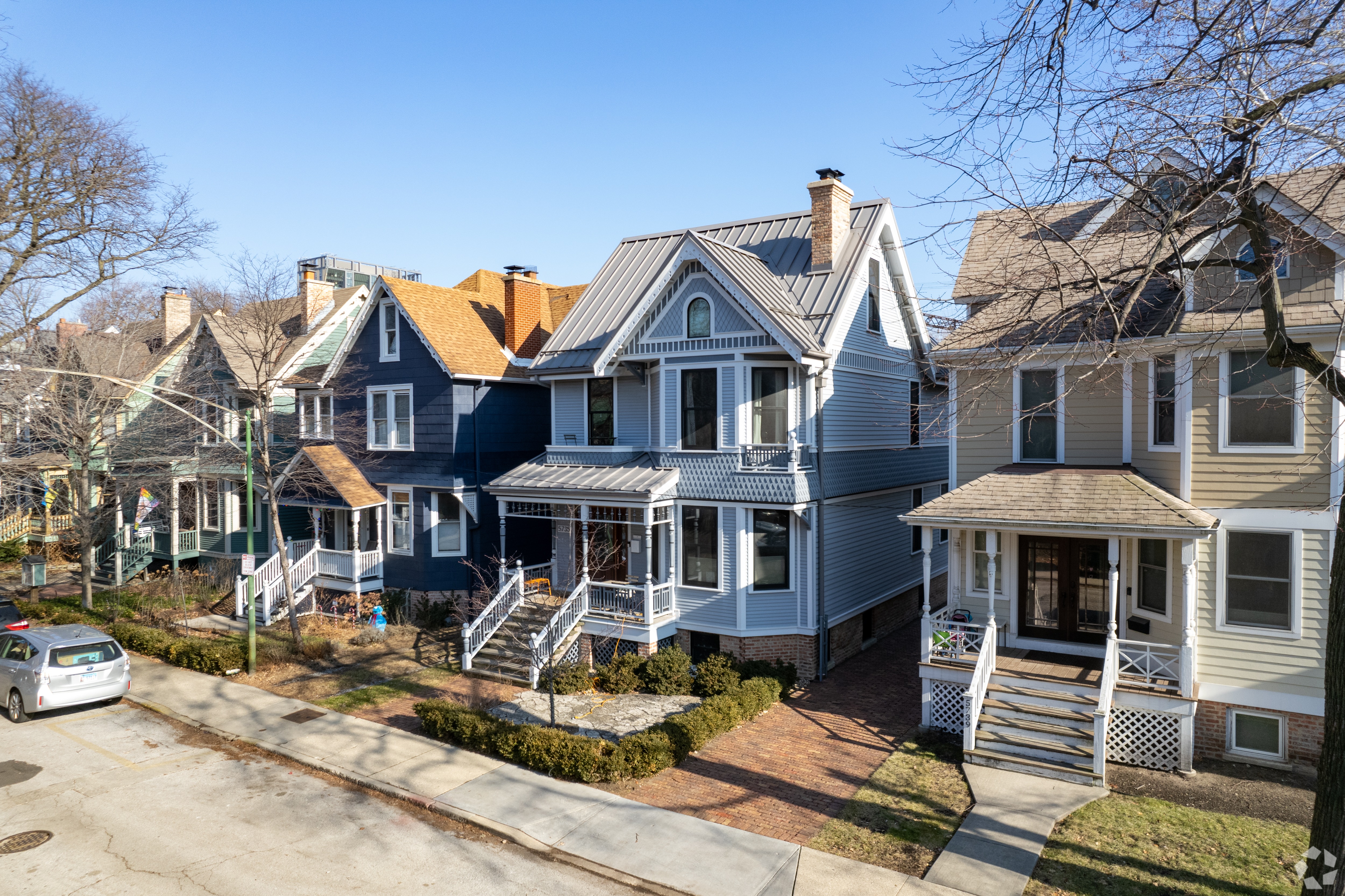Federal Reserve officials said it would be appropriate to further lower interest rates this year, fueling lenders' hopes of a refinancing boom. However, most homeowners, locked into ultra-low rates, are staying put.
Data from Pantheon Macroeconomics shows that most homeowners are effectively sidelined, with about 20% of current borrowers having a mortgage rate above 6%, and even among them, roughly one-third are likely ineligible for refinancing due to credit issues.
By contrast, 37.3 million homeowners have mortgage rates under 3%, the largest share of outstanding mortgages, according to ICE Mortgage Monitor. With current rates hovering above 6%, refinancing would mean trading a historically low rate for a higher one.
The Fed “will have to be bolder if it wants to lower” the effective mortgage rate “and boost households’ cash flow as in past easing cycles,” said Samuel Tombs, chief U.S. economist at Pantheon Macroeconomics.
The central bank lowered interest rates by 25 basis points in September. Policymakers expect two additional quarter-point cuts by the end of the year, according to their median estimate. However, a divide remains among the 19-person committee, as seven participants projected no additional cuts in 2025.
Mortgage rates briefly dipped to 6.21% just before the cut but rebounded 12 basis points in the days that followed, according to October’s ICE Mortgage Monitor.
Mortgage rates are tied to longer-term bond yields, which are not directly influenced by the Fed’s short-term decisions. That’s why rates briefly dipped before the rate cut but rebounded afterward.
Carl Gomez, senior economist at Homes.com, explains the timing behind the market’s reaction.
“Prior to the Fed cut, there was indeed a surge in refinancing activity since bond yields had dropped in anticipation of cuts,” Gomez said. “However, mortgage demand appears to have stalled following the actual cut in September as bond yields — and mortgage rates — did not absorb the full impact of the cut. In fact, they actually moved higher.”
That surge was real but limited.
Data from ICE Mortgage Monitor showed refinance applications jumped 80% over the past month, driven largely by borrowers who took out loans in the last two years.
With rates below 6.38%, roughly 3.1 million mortgage holders were “in the money” for a refinance — meaning they could lower their rate by at least 75 basis points. Then, when rates briefly dipped below 6.25% in September, that number grew to 3.6 million. If rates fall to 6.125%, that pool of refinance-eligible borrowers could expand to 5 million, the report found.
Still, the broader market remains constrained.
UBS analysts noted in their October outlook that about 12% of borrowers currently have enough of a rate gap to make refinancing worthwhile. That share could grow to 20% if mortgage rates were to decline another half percentage point, but until then, that leaves the refinancing opportunity limited to a narrow slice of homeowners.
Even though mortgage rates have come down slightly, according to the Mortgage Bankers Association, applications to refinance a home loan, which rose sharply in mid-September and then dropped back again two weeks ago, fell further 8% in the week ending Oct. 3.
Adjustable-rate mortgage gains popularity
Some borrowers looking to refinance or purchase a home are turning to adjustable-rate mortgages, or ARMs, as a way to access lower interest rates.
These loans allow the homeowner to lock in a low fixed interest rate for up to 10 years, but once that period ends, the rate changes based on current market conditions.
According to ICE Mortgage Monitor, nearly 6% of people applying for a mortgage to purchase a home chose an adjustable-rate mortgage, almost double the share from a year ago, suggesting that borrowers are looking for lower initial payments as fixed rates remain stubbornly high.
Separate data from the Mortgage Bankers Association showed that the ARMs share rose 9.5% in the week ending Oct. 3, up from 8.4% the prior week.
MBA surveys show rates for 5/1 ARMs — loans with a fixed rate for five years — "are averaging almost a percentage point below 30-year fixed rates, and this differential is leading more purchase and refinance applicants to consider ARMs,” said Mike Fratantoni, senior vice president and chief economist at the MBA.

